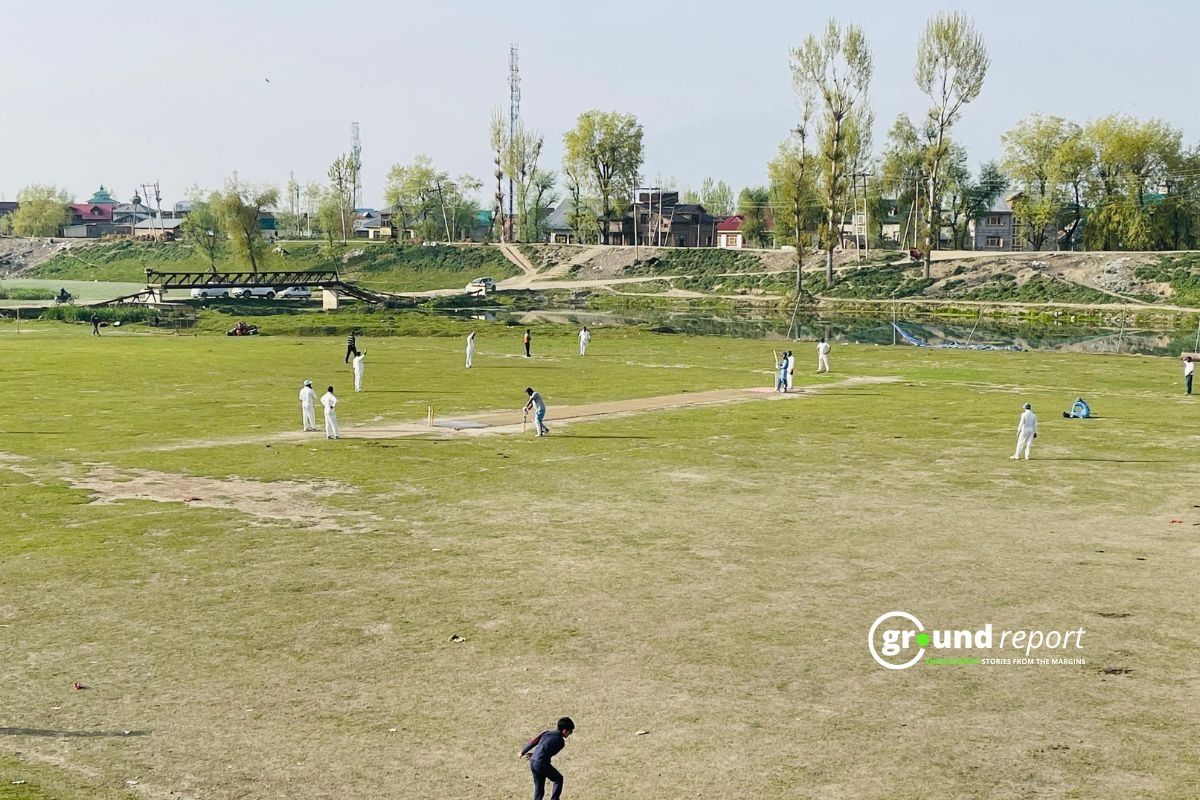New research states that the worst wildfires in recorded history have been experienced by boreal forests in regions all over the world in 2023.
According to a report released Wednesday by Copernicus, the European Union’s climate change service, boreal forests across the Northern Hemisphere have been experiencing especially scorching wildfires this year, breaking previous records.
Record-breaking wildfires
During the late spring and summer of 2023, several devastating wildfires have been affecting most of the provinces and territories of Canada. First detected in May, these wildfires have been ongoing in several locations, causing great human and material loss, in addition to severely affecting air quality not only in Canada but across other regions of North America.
According to the CAMS global forecasts and analyses, which assimilate satellite observations of atmospheric composition, some of the plumes of smoke produced by these wildfires also reached Europe.
The extent, persistence, and intensity of these wildfires have led to the total estimated emissions of carbon emissions for 2023 to be almost 410 megatonnes, the highest for Canada by a wide margin in the CAMS dataset. The previous record for annual carbon emissions was 2014, with 138 megatonnes of carbon.
At the time of this newsflash there are still active wildfires in a number of regions in Canada, and the 2023 annual emissions may keep increasing although the rate of increase seems to be levelling off. At this point Canada wildfire emissions represent 27% of the total global wildfire carbon emissions for 2023.
According to the Canadian Interagency Forest Fire Centre, Canada has burned more than 42 million acres so far this year, which is more than double the previous record. As of Wednesday, the acreage burned is more than 600% higher than the current year-to-date average.
Monitoring wildfires, predicting air quality
Mark Parrington, the Senior Scientist at CAMS, comments, “Wildfires occur in boreal regions every summer with varying locations, intensity, and duration depending on the hydrological, meteorological and climate conditions. As temperatures keep increasing and dry conditions become more long-term, the chances of experiencing devastating wildfires like those in Canada are increasing. Understanding the scale and potential impacts on air quality is essential, and the ability to monitor wildfire emissions and smoke transport in CAMS allows us to do that.”
Other significant wildfire episodes during this last season included those that took place in Russia, more particularly in Omsk oblast, Novosibirsk oblast, and the Far Eastern Federal District. It is important to highlight that despite experiencing wildfire emissions below the 20-year average this year, Russia’s wildfire carbon emissions for the Arctic during June-August were the third-highest on record, second only to 2019 and 2020, mainly due to high latitude fires in Canada’s North Western Territories.
As the season progressed, several regions around the Mediterranean also experienced significant wildfire activity. Wildfires affected northern and central Greece between July and August, with emissions for this time of the year being the third-highest on record, after 2007 and 2021.
Significant wildfire activity affected both Portugal and Spain, including one of the largest fires experienced on Tenerife, in the Iberian Peninsula. Additionally, the island of Maui in Hawaii experienced some significant intense wildfires.
CAMS provides up-to-date information on the location, intensity, and estimated emissions of wildfires around the world, including the tracking of their smoke transport and impacts on atmospheric composition. CAMS data is freely available to use and can serve as a vital aid in decision-making processes for citizens, businesses, and stakeholders in related sectors alike.
Keep Reading
Part 1: Cloudburst in Ganderbal’s Padabal village & unfulfilled promises
India braces for intense 2024 monsoon amid recent deadly weather trends
Support us to keep independent environmental journalism alive in India.
Follow Ground Report on X, Instagram and Facebook for environmental and underreported stories from the margins. Give us feedback on our email id greport2018@gmail.com.
Don’t forget to Subscribe to our weekly newsletter, Join our community on WhatsApp, and Follow our YouTube Channel for video stories.









